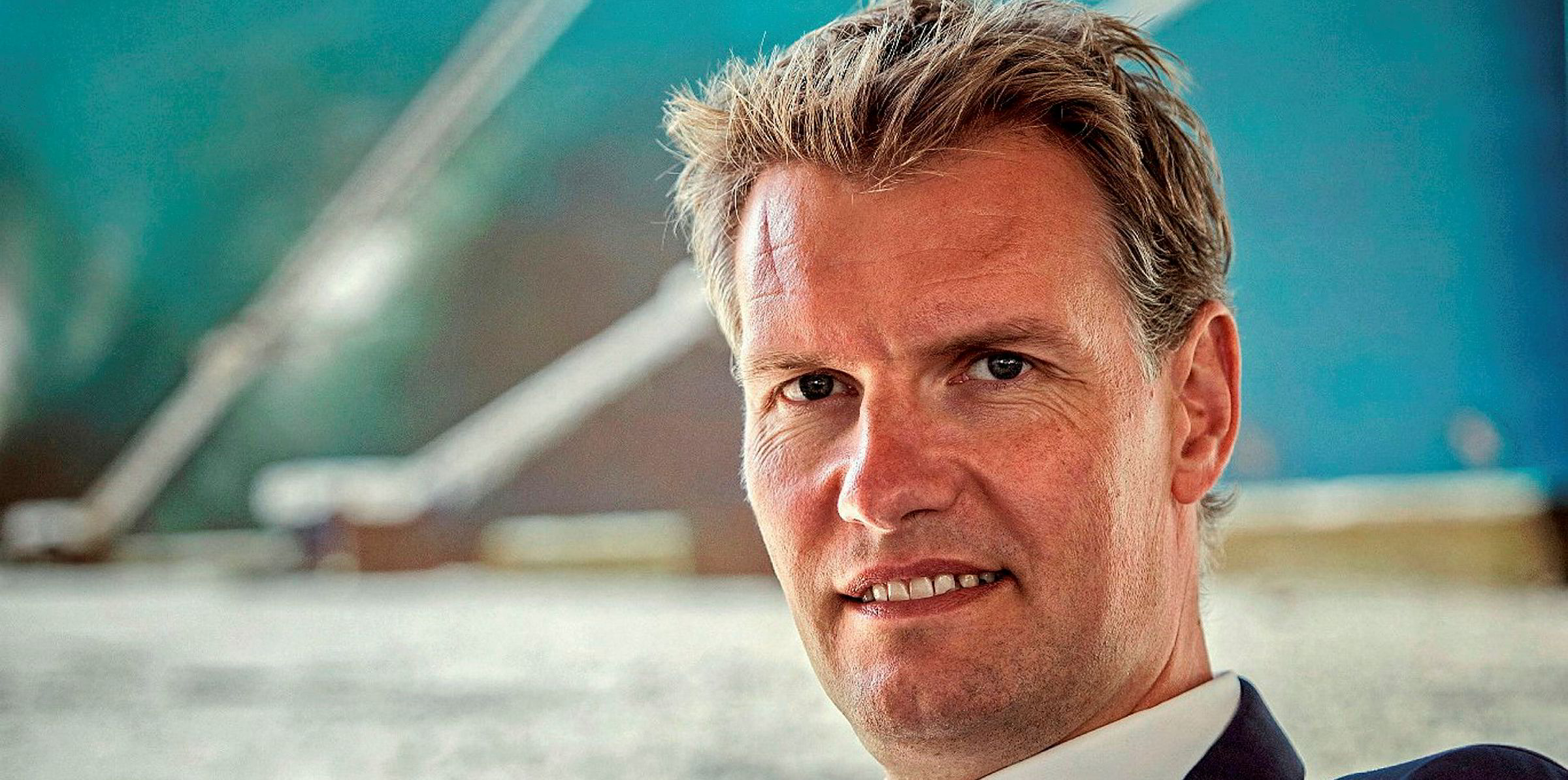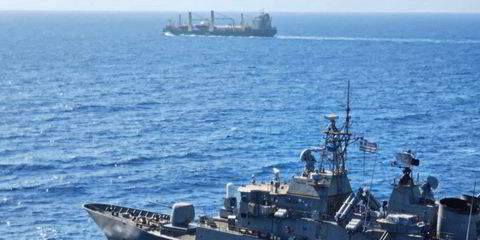BNP Paribas is reluctant to play a leading role in financing low-emission shipping, with a lack of advantages for first movers in maritime transport, according to a senior banker.
Vincent Pascal, the French bank’s shipping and offshore head for Europe, Middle East and Africa, told an industry forum that the cautious stance resulted from uncertainty over the financial feasibility of alternative, low-emission fuels like hydrogen.
“Environmental sustainability needs to go hand in hand with financial and economic sustainability,” Pascal said. “There is a big question mark for us in regards to alternative fuels.”
A total of 12 banks have signed up to the Poseidon Principles, vowing to adjust their shipping loan portfolios in line with the IMO’s decarbonisation targets. BNP Paribas has yet to join the initiative.
While recognising the efforts of his peers in promoting the awareness of the importance of shipping decarbonisation, Pascal suggested his bank would not want to be the first to finance low-emission shipping.

Check out TradeWinds Knowledge http://bit.ly/35g4KZ1, our new research project on IMO 2020 and decarbonisation
According to Pascal, it remains difficult for his bank to gauge when and if the technological breakthrough required for alternative fuels would occur.
“Double-hull tankers in the 1960s … [proved] to be a financial disaster,” said Pascal, stressing the repercussion for the wrong timing to go green financially.
“We have some very successful clients that keep telling us they don’t see first-mover advantages. If they see something right, then they will go for it.”
'Subsidies' for LNG-fuelled VLCCs
Sharing a similar view, Euronav chief executive Hugo De Stoop cited the example of building LNG-fuelled VLCCs.
At South Korean yards, the newbuilding cost for a conventional VLCC amounts to about $90m, while one that can run on LNG costs $15m more.
“Everybody knows, in those $15m, you need high costs of R&D” for the yards to obtain the expertise in constructing LNG-fuelled VLCCs, De Stoop said. “They [the yards] want to amortise the costs as quickly as possible.”
Then, the cost would come down after 15 to 20 such ships are built, De Stoop predicted.
“There is no first-mover advantages…You need the first 20 before the technology reaches the point where it can be used by everyone,” he said. “So who is going to pay for that, except if you have subsidies?”
Aside from the public sector, De Stoop suggested charterers who can benefit from LNG bunkering can provide such “subsidies” for LNG-fuelled projects.
Shell, one of the world’s largest LNG suppliers, has signed long-term charters for at least 18 LNG-fuelled tankers in recent years.







